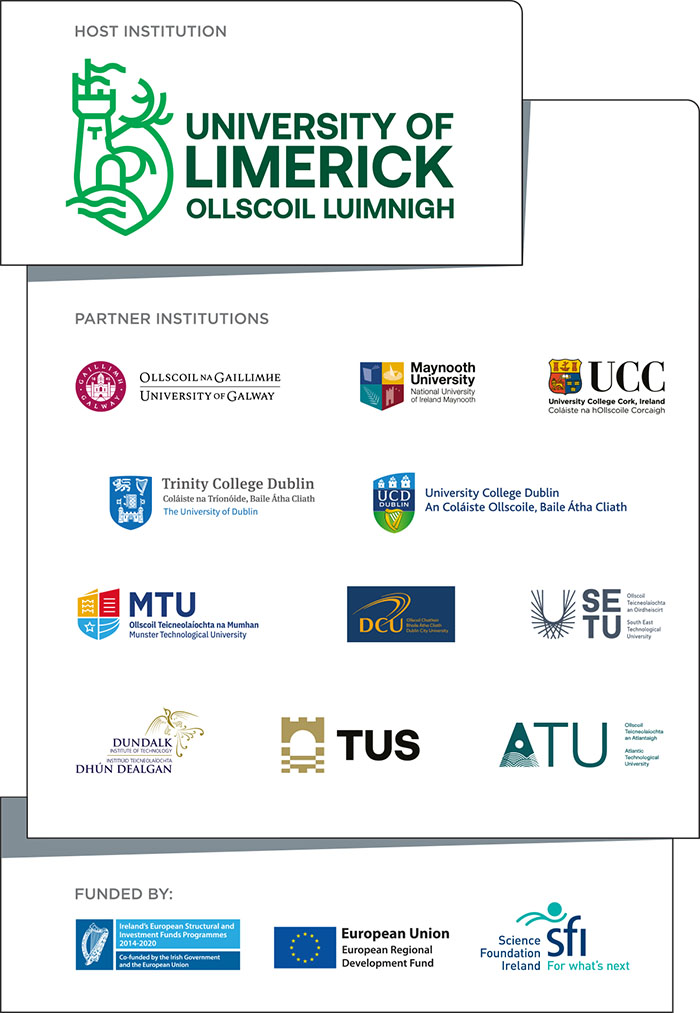You are here
The conventional wisdom of software engineering suggests that given the inherent complexity of software, it should be developed using tightly co-ordinated, centralised teams, following a rigorous development process. In recent times, the Open Source Software (OSS) phenomenon has attracted considerable attention as a seemingly agile, practice-led initiative that appears to address these three aspects of the so-called ‘software crisis’: cost, time-scale and quality. In terms of costs, OSS products are usually freely available for public download. From the point of view of development speed, the collaborative, parallel efforts of globally-distributed co-developers has allowed many OSS products to be developed much more quickly than conventional software. In terms of quality, many OSS products are recognized for their high standards of reliability, efficiency and robustness, and the OSS phenomenon has produced several ‘category killers’ (i.e., products that remove any incentive to develop any competing products) in their respective areas – Linux and Apache spring to mind. The OSS model also seems to harness the most scarce resource of all – talented software developers, many of whom exhibit a long-standing commitment to their chosen projects. It is further suggested that the resulting peer review model helps ensure the quality of the software produced.
This brief synopsis illustrates why the OSS topic would be of such interest to the software engineering community, and also provides a hint as to why it would have greater research appeal and interest, particularly in an outsourcing context where companies seek to take advantage of resources beyond co-located developers on a single site. The OSS phenomenon has inspired three distinct forms of outsourcing, namely opensourcing, innersourcing and crowdsourcing.
Impact Story
In terms of Inner Source, many organizations are seeking to adopt Open Source Software (OSS) development practices to support or augment their software development processes, a phenomenon frequently referred to as Inner Source. However the adoption of Inner Source is not a straightforward issue. Many organizations are struggling with the question of whether Inner Source is an appropriate approach to software development for them in the first place. Lero research has derived a framework based on previous research with companies who have implemented Inner Source. This framework identifies nine key factors that need to be considered when implementing. The framework can be used as a ‘probing’ instrument to assess an organization on these nine factors so as to gain an understanding of whether or not Inner Source is suitable. We applied the framework in three case studies at Philips Healthcare, Neopost Technologies, and Rolls-Royce, which are all large organizations that have either adopted Inner Source or were planning to do so.
Case Study
We are in active collaboration with a number of companies in the area of innersource, including Paypal, Allstate and Bloomberg. We are active participants in the innersourcecommons community (http://paypal.github.io/InnerSourceCommons/)
Related Publications
- Fitzgerald, B, Kesan, J, Russo, B, Shaikh, M and Succi G (2011) Adopting Open Source Software, MIT Press, Cambridge MA.
- Agerfalk PJ, Fitzgerald B, Stol K (2015) Software Outsourcing in the Age of Open: Leveraging the Unknown Workforce. Springer Briefs in Computer Science
- Agerfalk, P and Fitzgerald, B (2008) Outsourcing to an Unknown Workforce: Exploring Opensourcing as a Global Sourcing Strategy, MIS Quarterly, Vol 32, No. 3, pp. 385-410
- Stol, KJ, Avgeriou, P, Babar, M, Lucas, Y and Fitzgerald, B. (2014) Key Factors for Adopting Inner Source, ACM Transactions on Software Engineering Methodology (TOSEM)
- Stol KJ and Fitzgerald B (2014) Two’s Company, Three’s a Crowd:A Case Study of Crowdsourcing Software Development, International Conference on Software Engineering, Hyderabad, India, May 2014.
Expert Contact - Prof. Brian Fitzgerald
Click here to view Brian's profile and contact information





